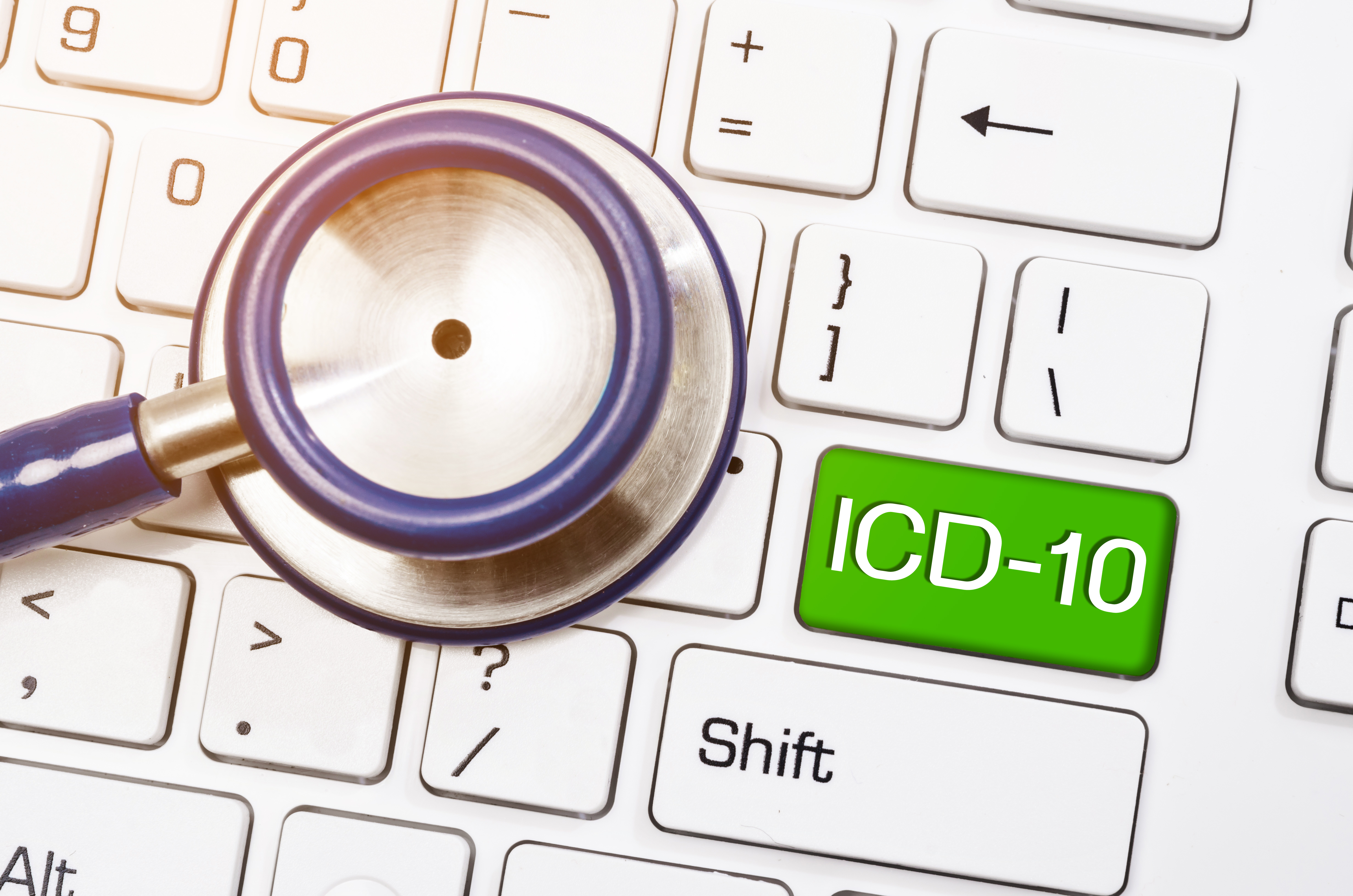
Prior to the advent of electronic claims submission – mandated by the administrative simplification portion of the Health Insurance Portability and Accountability Act of 1996 – many claims submitted by ambulatory surgery centers (ASCs) were coded by business office personnel who either relied upon information from superbills provided by surgery center providers or their own hands-on expertise. Today, however, submitting medical claims without the benefit of professional coding expertise can negatively impact your ASC’s reimbursement.
If your ambulatory surgery center employs certified professional coders (CPCs), you’ve positioned yourself well. However, it’s important to ensure their approach is not only outpatient driven, but ASC centric. ASC billing is unique and has become increasingly complex with movement of high acuity cases from inpatient settings to ambulatory venues.
Here are some ways to establish a strong team of certified professional coders for your ASC:
Hire smart.
Certified professional coders are bound by the code of ethics established by their credentialing organization. Their certification denotes implied trust. In other words, you can assume certified coders comprehend the anatomy, physiology, and techniques used in a variety of specialties. Insist on high levels of CPT, ICD-10, modifier, and HCPCS accuracy. Put coders through the paces before you hire them. Have them code sample cases (remove all PHI beforehand) that have been performed in your center and send them to an external auditor to assess coding accuracy.
Perform routine coding audits.
Gauge and manage coding accuracy by auditing often. Internal and external audits identify educational opportunities and ensure upcoding (billing procedures beyond what is documented) and undercoding (not billing procedures supported by documentation) from plaguing your accounts receivable.
Ensure provider documentation is comprehensive.
Medical coders are not diagnosticians! Their role is to provide the insurance carrier with a claim that accurately describes the patient/physician interaction. ASC medical coders depend on the information documented within the operative report to establish appropriate billing codes. When medical necessity denials occur, this can be a sign that the information initially provided in the claim and supporting documentation does not adequately substantiate the billed charge(s). Therefore, when coders approach physicians to request additional information, they are not impugning the physician’s expertise. They are likely seeking one or more of the following:
- ICD-10 diagnosis codes which require a higher level of specificity and must be incorporated into the postoperative diagnosis.
- More specific procedure headings that sufficiently support the CPT codes billed.
Coders are trained to rely on the information contained in the body of the report. If the headings state something that is not reiterated or fully supported in the body of the report, they are not allowed to bill those codes. To assist them in capturing all billable codes, ensure the narratives in operative reports contain the details necessary to communicate as much as possible about the encounter.
Ensure your coding team knows about new service lines you want to offer.
If your facility is thinking about expansion into new specialties or considering adding high acuity cases, provide ample notice to your coders so they can adequately prepare for these types of cases. They will need to access additional tools to ensure the correct codes are used to describe the services provided. Further, they’ll want to research how to effectively maximize reimbursement of multiple procedures without improperly unbundling the codes.
Confirm implants will be separately reimbursed.
Forward the vendor cut sheets to your coding team as soon as you begin shopping for emerging technology or new implants. Coders are not solely exclusive to your back-end billing process. Involve them early and often. They can crosscheck medical policies on the front end to prevent facility losses.
Require your coders to routinely review carrier guidelines and familiarize themselves with payors’ reimbursement habits.
A seasoned ASC medical coder is familiar with carrier guidelines and payors’ reimbursement habits. Third-party payor expectations are often outlined in your insurance contracts and supplemented by carrier-specific billing manuals. Require your coders to review these often. Using the correct combination of form type and modifiers will mitigate the risk of claim denials. Increase your output of clean claims by giving coders access to these tools early.
Make continuing education a priority.
Certified coders are required to amass a defined number of continuing education credits annually to maintain their certification designation. Support their efforts by routinely enrolling them in courses that bolster their knowledge. Consider allowing them to obtain specialty-specific certification. Continuing education and familiarity with Medicare, Medicaid, and commercial medical policies can increase clean claim submissions and reduce preventable payment lags.
Certified coders are key to ensure clean claims and maximum reimbursement are generated for cases performed at your ASC. Since the ambulatory surgery center is a niche industry, it is important to employ experienced CPCs who are willing to learn the nuances of the ASC billing process. Collaboration between your coders, ASC leadership. and operations team, fosters an efficient claims process that will enhance profitability.
Bethany Bueno – Director of Billing Operations










